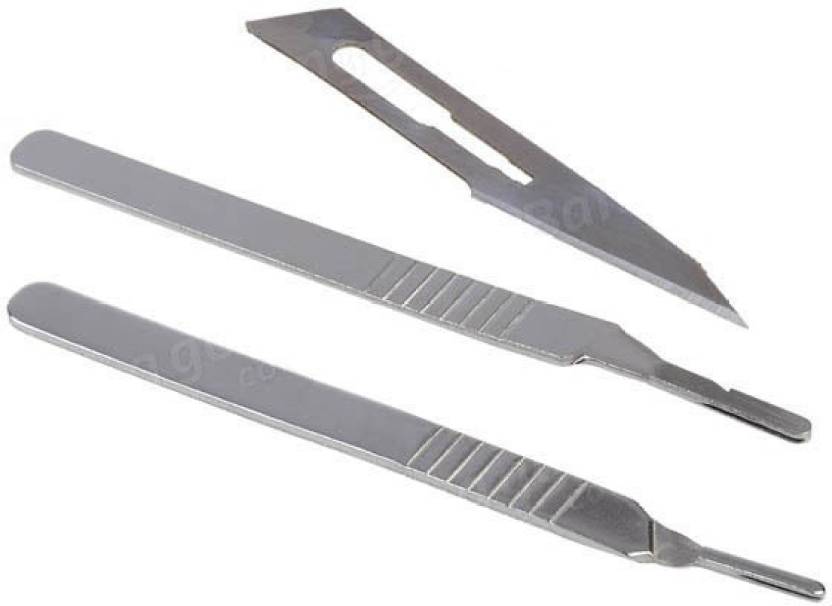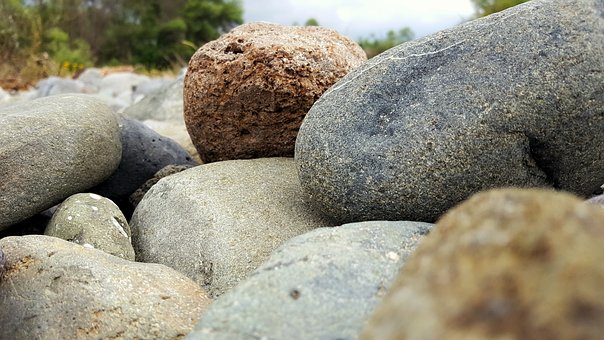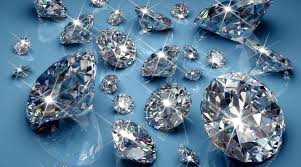Knowledge, Information and Experience
Blade materials are those used to make the blade of a knife or other simple edged hand tool or weapon, such as a hatchet or sword.
At first glance a knife consists of two parts, the blade and the handle. But when you look closer, the knife has many other features, which are worth looking at in more detail.
If you are looking for a high-quality knife, you should take all of the following into account:
1. The blade surface
2. The etching
3. The blade spine
4. The cutting edge
5. The bolster
6. The finger guard
7. The tang
8. The heel of the handle
All of these put together are what make a high-quality knife. Quality for life-long enjoyment!
Typically blades are made from a material that is about as hard, though usually harder, than the material to be cut. Insufficiently hard blades will be unable to cut a material or will wear away quickly as hardness is related to a material’s ability to resist abrasion. However, blades must also be tough enough to resist the dynamic load of impact and as a general rule the harder a blade the less tough (the more brittle) a material.
Prehistorically, and in less technologically advanced cultures even into modern times, tool and weapon blades have been made from wood, bone and stone.
Steel, a series of alloys made from iron, became the metal of choice in the modern age which displays far superior qualities than iron. Various alloys of steel can be made which offer a wide range of physical and chemical properties desirable for blades.
The shape of the blade is also important. A thicker blade will be heavier and stronger and stiffer than a thinner one of similar design while also making it experience more drag while slicing or piercing. A filleting knife will be thin enough to be very flexible while a carving knife will be thicker and stiffer; a dagger will be thin so it can pierce while a camping knife will be thicker to it can be stronger and more durable.
A blade server is a server chassis housing multiple thin, modular electronic circuit boards, known as server blades.
Blade servers allow more processing power in less rackspace, simplifying cabling and reducing power consumption.
Server technology, enterprises moving to blade servers can experience as much as an 85% reduction in cabling for blade installations over conventional 1U or tower servers. With so much less cabling, IT administrators can spend less time managing the infrastructure and more time ensuring high availability.











